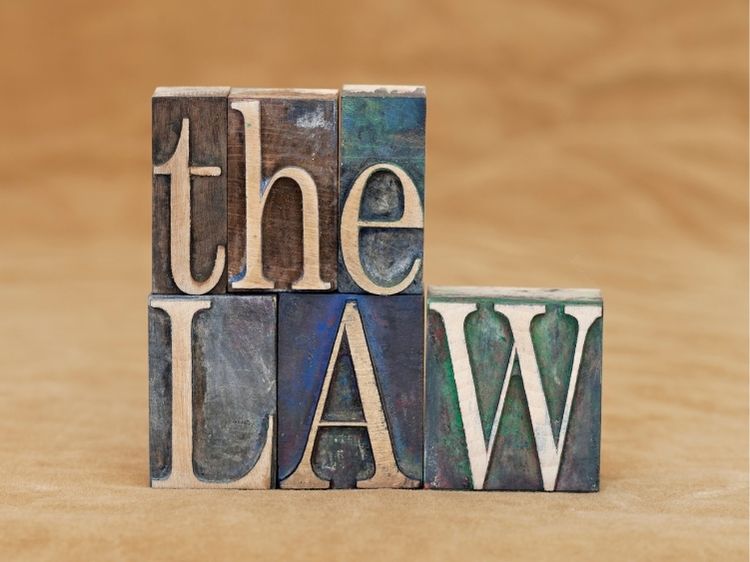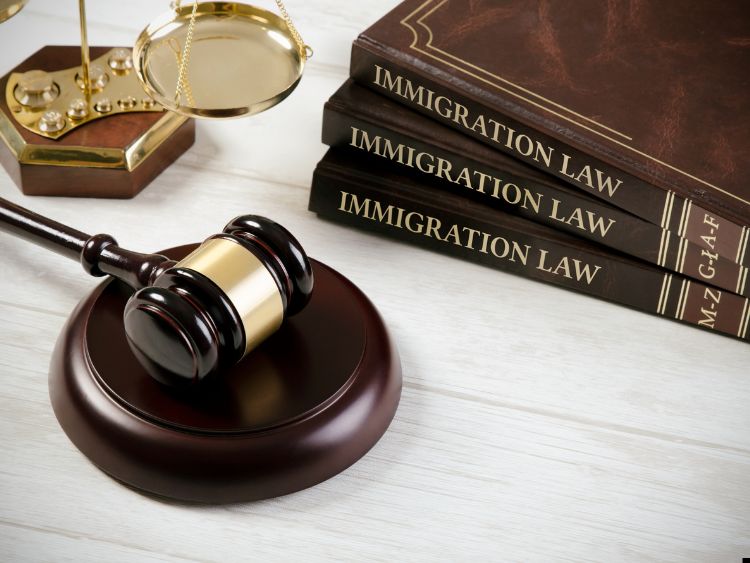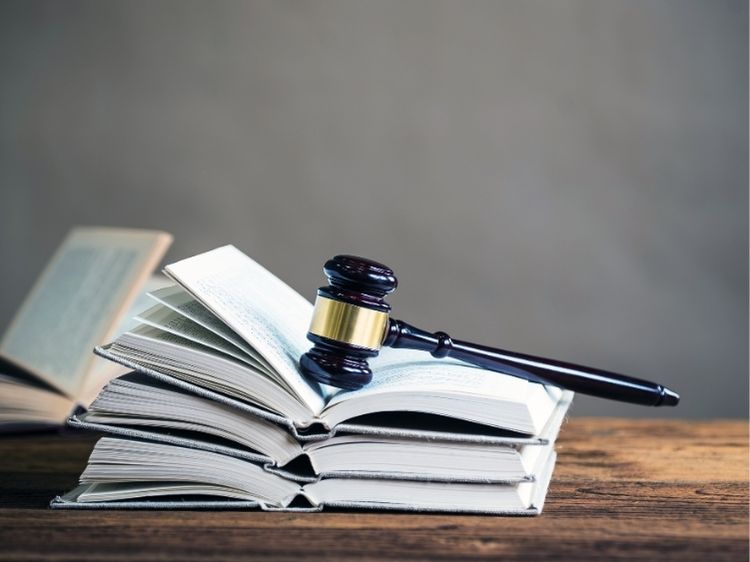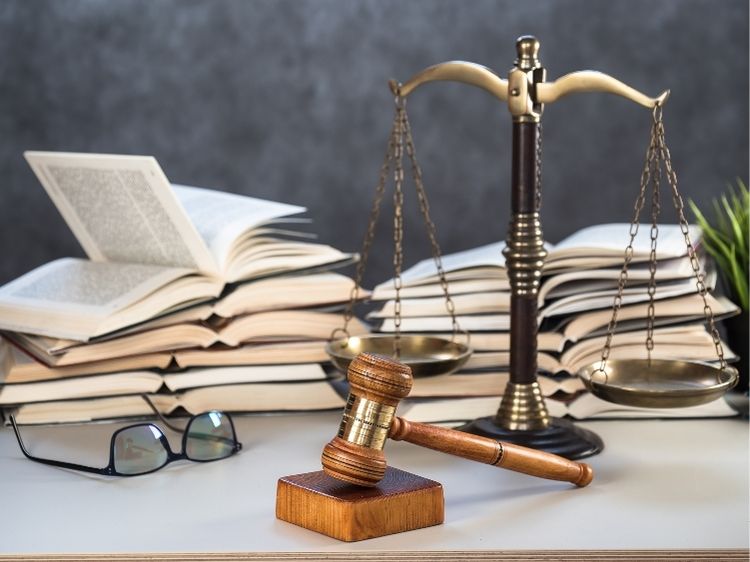Negligence in a Products Liability Action: Understanding the Legal Landscape
When it comes to products liability, negligence is often at the heart of many legal actions. This concept, which revolves around the failure of a manufacturer or seller to exercise reasonable care, is crucial in determining liability in cases where a product causes harm. But what exactly does negligence mean in a products liability action, and how does it differ from other legal theories like strict liability or breach of warranty? Let’s dive in.
What Is Negligence in a Products Liability Action?
Negligence, in the context of products liability, refers to the failure of a party involved in the production or distribution of a product to act with the level of care that a reasonably prudent person would under similar circumstances. This failure can result in a defective product reaching the consumer, causing injury or damage. Unlike strict liability, which focuses on the product itself being defective, negligence requires proof that the defendant’s actions or lack thereof directly led to the product being unsafe.
When consumers purchase a product, they have the right to expect that it is safe to use as intended. However, when a product is defective due to negligence during its design, manufacturing, or marketing, it can lead to serious injuries, sparking a products liability action.
The Elements of Negligence in Products Liability
To successfully bring a negligence claim in a products liability action, the plaintiff must prove the following elements:
- Duty of Care: The defendant owed a duty of care to the plaintiff. In the case of products liability, manufacturers, distributors, and retailers all owe a duty of care to consumers to ensure their products are safe for use.
- Breach of Duty: The defendant breached that duty by failing to act with reasonable care. This could involve errors in the design process, lapses in quality control during manufacturing, or failure to provide adequate warnings about the product’s risks.
- Causation: The breach of duty must have directly caused the plaintiff’s injury. The plaintiff needs to establish that the injury would not have occurred but for the defendant’s negligence.
- Damages: The plaintiff must have suffered actual harm or injury as a result of the defect. This harm could be physical injury, property damage, or other forms of loss.
These elements must be clearly established for a negligence claim in a products liability action to succeed.
Common Types of Negligence in Products Liability Cases
Negligence in products liability can take many forms, depending on where the lapse in care occurred during the product’s lifecycle. Here are a few common types:
- Design Negligence: Occurs when a product is inherently unsafe due to its design. For instance, a car with a high tendency to roll over when turning corners could be an example of design negligence.
- Manufacturing Negligence: This happens when a product’s design is safe, but errors occur during the manufacturing process that make the product dangerous. An example might be a batch of medication contaminated due to poor manufacturing practices.
- Marketing Negligence: Also known as failure to warn, this involves inadequate instructions or warnings about the product’s proper use or potential risks. For example, if a chemical cleaning product fails to warn users about the dangers of inhalation, this could be considered marketing negligence.
Proving Negligence in a Products Liability Action
Proving negligence in a products liability action is not always straightforward. Plaintiffs must gather evidence that clearly shows the defendant’s failure to exercise reasonable care. This can include expert testimony, product testing results, company records, and more.
One of the significant challenges in these cases is establishing causation—linking the defendant’s breach of duty directly to the plaintiff’s injury. The defense may argue that the injury was caused by something else, such as user error or misuse of the product. Therefore, having a clear and compelling chain of evidence is crucial.
Defenses Against Negligence Claims
Defendants in a products liability action can raise several defenses against negligence claims. Some of the most common defenses include:
- Contributory Negligence: The defendant may argue that the plaintiff’s own negligence contributed to their injury. For example, if a consumer ignored clear safety warnings and used the product incorrectly, this could reduce or eliminate the defendant’s liability.
- Assumption of Risk: If the plaintiff knew of the risks associated with the product and voluntarily assumed them, the defendant might not be liable. An example could be a skydiving equipment manufacturer arguing that the plaintiff knew skydiving is inherently dangerous.
- Product Misuse: The defendant might claim that the plaintiff’s injury resulted from using the product in a way it was not intended to be used. For instance, using a hairdryer near water, despite warnings, could be considered misuse.
The Role of Negligence in Strict Liability and Breach of Warranty Cases
It’s essential to distinguish negligence from other legal theories in products liability cases, such as strict liability and breach of warranty.
- Strict Liability: In strict liability, the focus is on the product being defective, regardless of the manufacturer’s intent or care level. Even if the manufacturer took every possible precaution, they could still be held liable if the product is found defective and causes harm.
- Breach of Warranty: This theory involves the failure to meet the terms of a promise or guarantee about a product’s condition or performance. If a product doesn’t live up to its express or implied warranties, the consumer might have grounds for a lawsuit, even without proving negligence.
However, in many cases, negligence can overlap with these theories. For instance, a product might be found defective under strict liability, and it might also be proven that the defect resulted from negligent manufacturing practices.
FAQs: Negligence in Products Liability
What is the difference between negligence and strict liability?
Negligence requires proving that the defendant failed to exercise reasonable care, leading to the product’s defect. Strict liability, on the other hand, holds the defendant liable for the defective product regardless of the care they exercised.
Can a consumer still win a products liability case if they were partially at fault?
Yes, depending on the jurisdiction, a consumer might still recover damages even if they were partially at fault, through a principle called comparative negligence. However, their compensation might be reduced based on their level of fault.
What kind of damages can be recovered in a negligence-based products liability action?
Damages may include medical expenses, lost wages, pain and suffering, and property damage. In some cases, punitive damages might also be awarded if the defendant’s conduct was particularly reckless.
How long do I have to file a negligence claim in a products liability case?
The statute of limitations varies by state and the type of product involved. It’s crucial to consult with an attorney to ensure your claim is filed within the appropriate time frame.
Conclusion: The Importance of Understanding Negligence in Products Liability Actions
Navigating a negligence claim in a products liability action can be complex, requiring a thorough understanding of legal principles and meticulous evidence gathering. For consumers injured by defective products, understanding the role of negligence can be critical to successfully pursuing a claim and obtaining compensation for their injuries.
As we’ve seen, negligence involves more than just a defective product—it’s about holding manufacturers, distributors, and sellers accountable for failing to protect consumers. Whether you’re dealing with a design flaw, a manufacturing error, or inadequate warnings, the legal landscape around negligence in products liability actions is one that demands attention to detail and a clear strategy.



